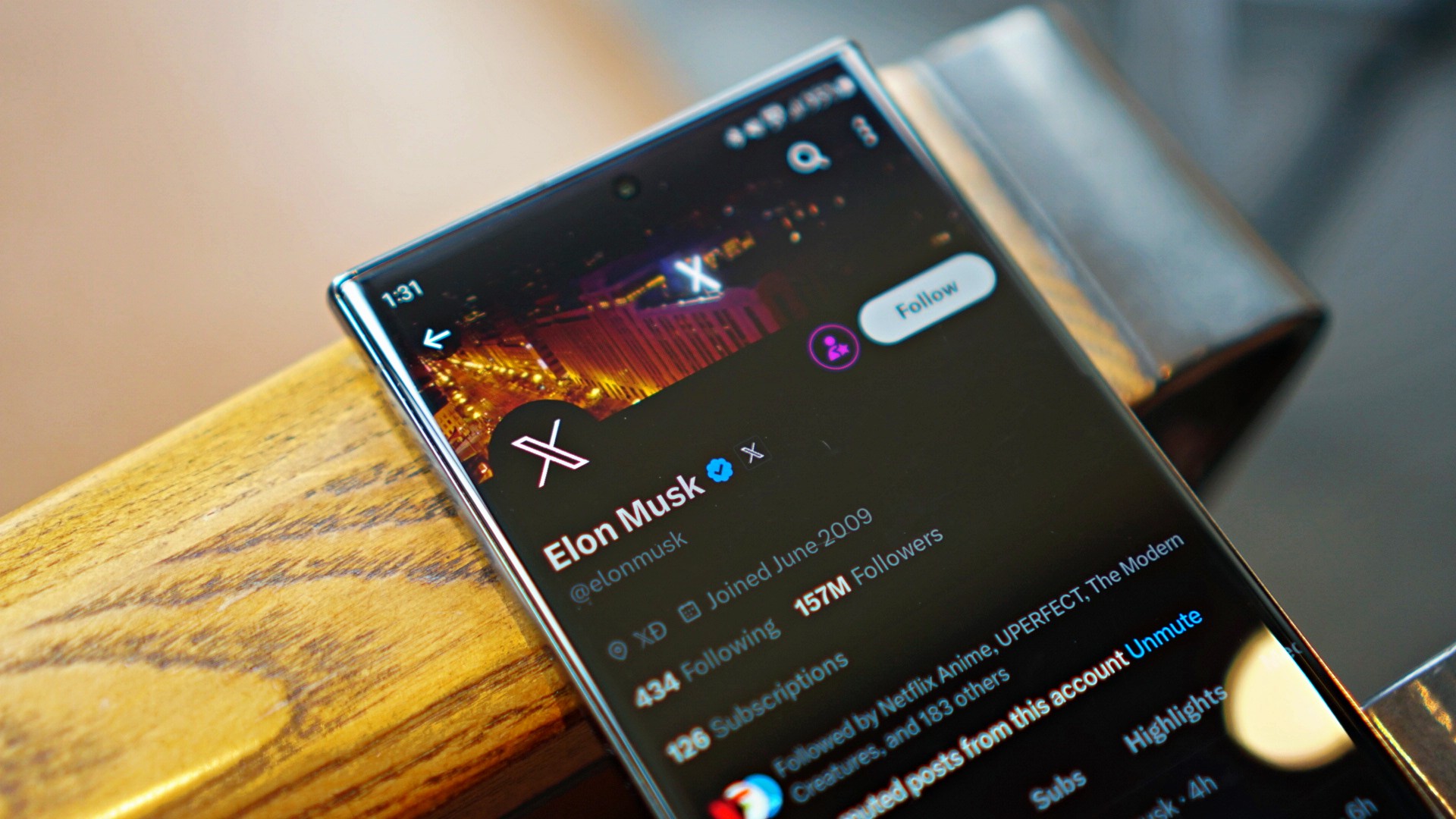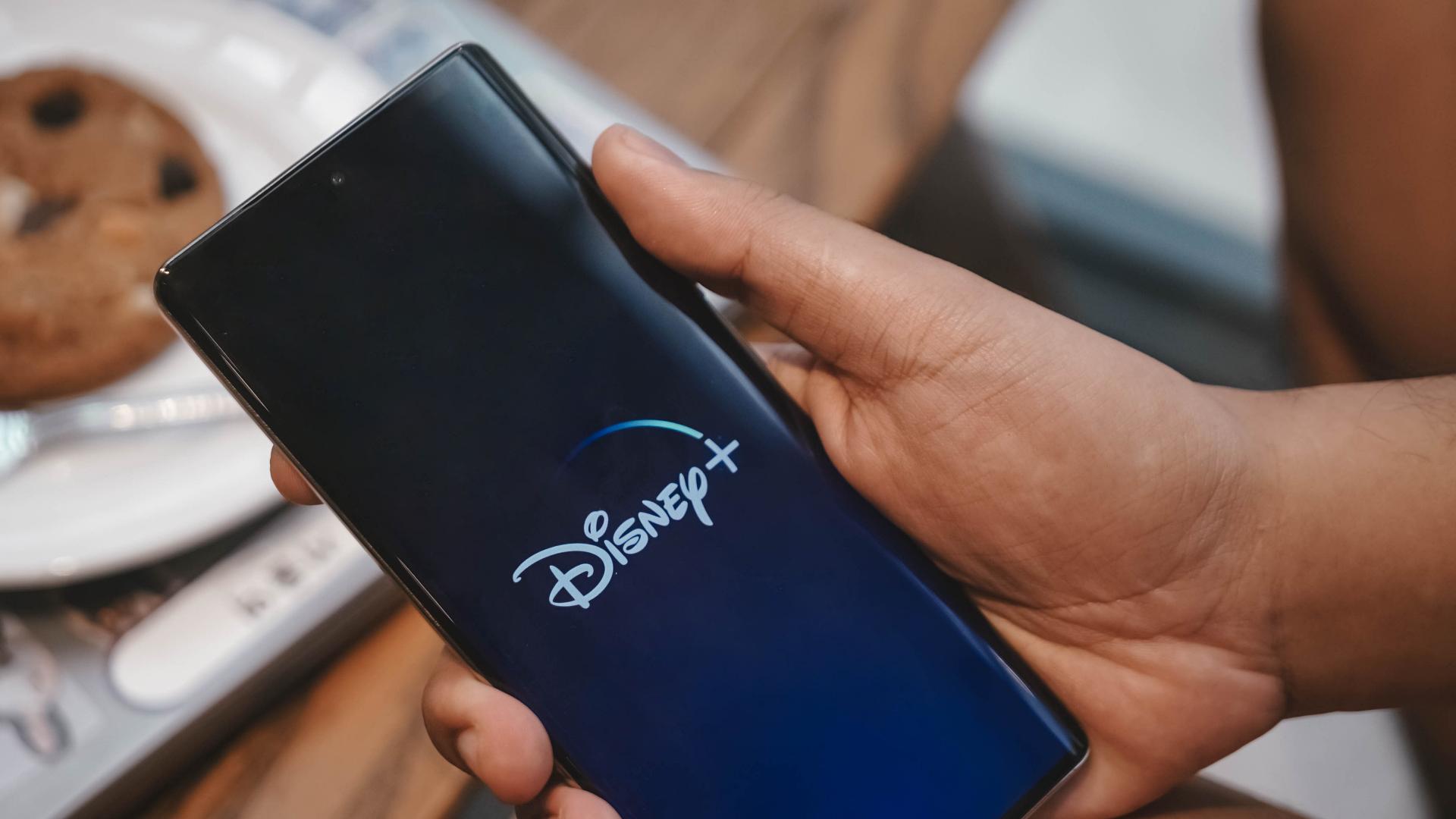Apps
Android P Developer Preview: What you need to know
Let the name guessing begin

The latest version of Google’s mobile operating system, Android P, is finally here, but don’t get too excited just yet. This is only a developer preview.
A developer what? This means it’s an early build meant for app developers and not consumers. This is important in finding bugs and creating optimized software before the final version begins rolling out.
But while this release is targeted toward software specialists, there’s a bunch of info regular users like us can learn from this early peak into Android P. Here are some things you must know:
Android P has no official name yet
Android Pie? Android Peanut? Nope, sorry — there’s no dessert tagged to Android P at the moment. That’s something we’ll learn between July and August 2018, a year after Android Oreo became official.
What’s more or less certain is this will be the ninth version of Android, and that it feels too early to release considering how few users actually have Oreo on their devices.
Most improvements are on the back end for now
This being a developer preview, a lot of the tweaks are currently happening from behind the curtains (or user interface in this case). Watch and see how geared this early build is for app makers:
But that doesn’t mean we won’t see any visual changes to Android P in the coming months. Based on the back-end improvements we’ve seen so far, some design cues and menus will have to shift, especially since…
It’ll have support for phones with a notch
The biggest — and possibly most disappointing — trend in smartphones is the inclusion of a notch or cutout at the top of a borderless display. However, smartphone manufacturers argue that it’s necessary in pursuing an all-screen front while maintaining key hardware like the earpiece and selfie camera.
Whatever the case, we have to accept the notch as more and more brands adopt it into their designs. Likewise, Android P will begin building its interface around the dead space. Notice how the clock is now positioned to the left in the above image; this will supposedly even out the icons in case a notch rests in between.
Quick settings and notifications are getting revamped
Notch or not, the quick settings and notifications on top will look a lot different. These previews from Google are the clearest looks we have so far of the design revamps:
You’ll notice the circular borders around the quick setting icons and the rounded edges of the notification shade. Each notification also includes more visuals, such as user icons and full-blown images from messages. There are even integrated smart replies for quick responses straight from the pull-down menu.
Android P won’t support the Nexus 6P, Nexus 5X, and Pixel C
Sadly, the last batch of Nexus smartphones and Google’s former flagship tablet aren’t getting a dose of this year’s Android flavor. Having been launched in 2015, they’ve reached the end of their software lifespan, but that doesn’t mean independent hackers won’t find a way to get Android P into these classic gadgets.
As anticipated, 2016’s Pixel and Pixel XL will be on the receiving end, along with last year’s Pixel 2 and Pixel 2 XL. Although nothing is certain yet with the current crop of Android One phones, all recent releases should get Android P by the end of the year.
We’ll learn more at Google I/O
The next major build will arrive in May during Google I/O, which is the company’s conference for announcing software-based updates. It’s this version that’ll officially be called a beta build, and will be available to the public for download. This is how it played out last year:


New users on X might soon face a tough time on the platform. The social media website will likely start charging new accounts a small fee for the right to post on the platform.
Now, the fee isn’t a new one. Almost six months ago, the company tested the paid system in New Zealand and the Philippines. New users in those countries had to pay a dollar per year for the ability to post and reply to content.
As spotted by X Daily News on the same platform, the company might be ready to take the experiment to a larger market. New text strings have shown that the policy is rolling out worldwide.
SPECULATION: X might be expanding its policy to charge new users before they reply/like/bookmark a post https://t.co/odqeyeiHBx pic.twitter.com/EU71qlwQ0D
— X Daily News (@xDaily) April 15, 2024
The policy is designed to combat a wave of bots appearing on the platform. By preventing new accounts from creating posts, X hopes to stave off the standard behavior of bots these days. You might have noticed them as OnlyFans creators in unrelated posts, peddling NSFW content on their bio.
Though the global rollout was only just spotted, owner Elon Musk has seemingly confirmed the change. Replying to X Daily News, Musk says that it is “the only way to curb the relentless onslaught of bots.” He says that the current breed of bots can easily bypass simple checks these days.
Apps
Disney+ might get always-on channels similar to cable TV
Featuring content from Marvel, Star Wars, and classic Disney

The burden of choice on streaming platforms is real. If you’re like us, you’ve spent hours just mindlessly scrolling through titles on Netflix or Disney+ without watching anything. Netflix, at least, has a Play Something button to fight off that irresistible urge. Now, Disney+ is reportedly trying something different: always-on channels.
If you already cut cable from your lives, you’re likely missing traditional channels or networks that have pre-determined programming. It was a flawed system that eventually ended up with mediocre content and a downpour of ads. However, cable did allow us to keep watching without deciding what comes next.
Now, according to The Information, Disney+ is working on adding those channels to its streaming service. Naturally, these channels will include content from the platform’s library such as Marvel, Star Wars, and its list of classic animated films.
Strangely, the reported feature might still have ads in between programs. Though the addition of ads does mean a better similarity with real television, users still have to be paying subscribers to access the channels. Even if you’re already paying for Disney+, you might still get hit with ads.
Disney has not confirmed the reports yet. The platform might launch a version of the feature outside of the scope included in this report. It’s also unknown when these always-on channels will launch.
SEE ALSO: Macross to be available on Disney+
A few years ago, Apple unleashed one of the most interesting features for the iPhone today: Emergency SOS. Designed for those who like their fair bit of the outdoors, Emergency SOS allows users to contact emergency services without network coverage. Other manufacturers, however, are struggling to adopt the same feature. Now, Google might soon join Apple in providing satellite connectivity for its users.
Despite the convenience, satellite connectivity hasn’t taken off as much as the industry expected it to. For one, a network of satellites isn’t the easiest thing to maintain. Apple is still currently offering its services for free, a gamble that may or may not pay off. Now, the iPhone maker won’t be alone.
According to Android Authority, Google might start offering the same service to Pixel 9 users. Starting with this year’s upcoming flagship, the company is reportedly teaming up with T-Mobile to create satellite connectivity for its users. The telecommunications network is teaming up with SpaceX for the feature.
The same report describes how the feature might work. Once activated, the feature will ask users of their situation: is everyone breathing, are people trapped, are weapons involved, among others. The phone will then relay this information to emergency authorities for a rapid response.
Unfortunately, pricing remains a mystery. While Apple is still offering its satellite connectivity for free, other brands might put the burden of cost on the end user. Hopefully, they won’t, but a paid version is unfortunately expected at this point.
SEE ALSO: Should you be excited for Apple’s satellite connectivity?
-

 Accessories2 weeks ago
Accessories2 weeks agoApple Vision Pro Review: Two Months Later
-

 Features4 days ago
Features4 days agoFortify your home office or business setup with these devices
-

 Gaming1 week ago
Gaming1 week agoThe Rogue Prince of Persia looks like an ultra-colorful roguelite
-

 Philippines2 weeks ago
Philippines2 weeks agovivo Y100 to release in Philippines on April 27
-

 Deals2 weeks ago
Deals2 weeks agoSamsung Awesome April: Deals on Galaxy A series
-

 Gaming1 week ago
Gaming1 week agoStar Wars Outlaws release date revealed
-

 Accessories1 week ago
Accessories1 week agoLogitech unveils G Pro X 60 gaming keyboard: Price, details
-

 Events1 week ago
Events1 week agoStellar Blade: PlayStation taps cosplayers to play Eve for game’s launch




























